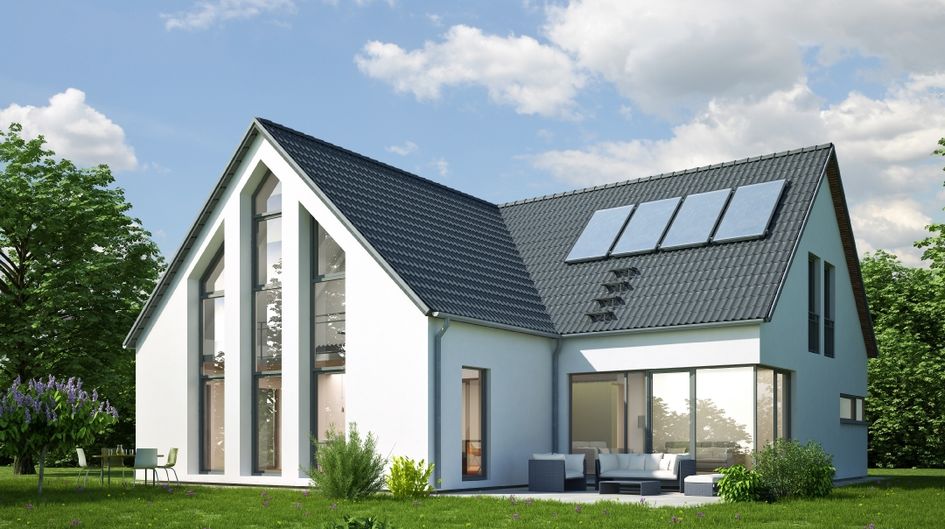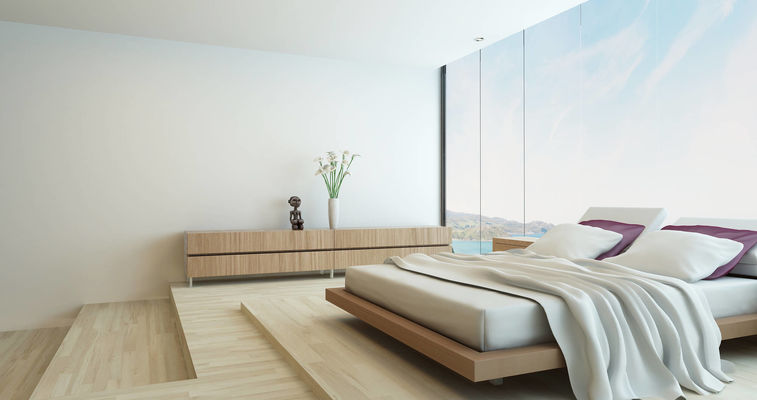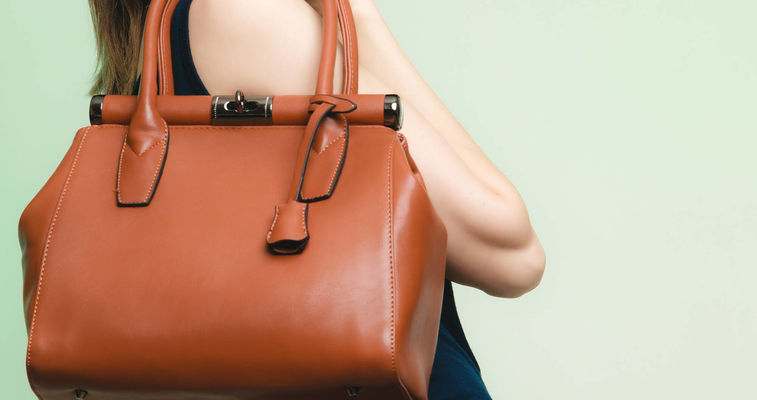Additives that make more efficient PU foams

Polyurethanes (PU) are highly versatile polymeric materials used in many areas of our daily lives. In coatings and adhesives, PU materials provide extremely resistant surfaces and long- lasting bonding. In foams, PU is even more widespread and found in furniture and daily consumer goods, but also used as insulating materials, in appliances, gaskets and more.
Products made with PU are long lasting and durable as PU helps to improve the efficiency of materials during use, but also has a better impact over the whole product life cycle. We understand that our additives have a big influence in the final performance of the PU material so we constantly develop new products that reach even higher efficiencies and have low, or zero emissions.
Polyurethane insulation reduces energy consumption for heating & cooling
Well known for their insulating performance, Rigid PU foams also provide additional mechanical stability. In refrigerators, liquid PU systems fill between the inner and outer surfaces that then polymerize between the walls to ensure a high level of stability, and provide efficient insulation. The K-factor defines the final performance of any PU system, including the degree of foam defects like voids or splits caused by insufficient flow ability. Working closely with our customers, we try to drive the development of our products to support more and more efficient systems, and the latest generation of energy efficient refrigerators that achieve the highest levels of energy efficiency (A+++) for the European markets, is an example of this.
Besides this application, PU is also an efficient heat insulator, with widespread applications from warm water boilers to cooling warehouses. Insulation panels provide a good combination of insulating performance and applicability during the construction phase. By using PU foams for the cold chain, the material can provide a high level of efficiency and helps to lower the energy consumption for these applications significantly. PU materials applied directly at the construction site in liquid form as spray foam means the foam can be adapted to meet the individual requirements of the building.
In all forms of PU, Evonik products help to achieve the best performance, and deliver long-term durable foam systems compatible with the latest systems of propellants that meet regulatory & environmental needs.
Safer polyurethane foams for mattresses and furniture

Flexible polyurethane foams are widely used in household applications and in the automotive industry. While many original Equipment Manufacturers (OEM) have strict requirements on how PU foams should contribute to reduced emissions of Volatile Organic Components (VOC) in the cars they produce, emission limits for the comfort foams used in mattresses and upholstered furniture are often voluntary.
Several certification labels like “CERTIPUR” or “Ökotex” and others help support the visibility of safer products by setting high standards. For many of our market leading TEGOSTAB® surfactants, we have strict emission limits for VOCs established for many decades now. Additionally, we offer a large variety of DABCO® NE amines that act as catalysts during the foaming stage that integrate into the polymer matrix. Many of our DABCO® products are optimized to give off low odors, and catalysts like these can significantly help to reduce VOC emissions from mattresses to the environment.
A more sustainable way to make artificial leather

Today, more than 90% of the global production of PU-based artificial leather uses an energy intensive process that relies on vast amounts of toxic solvents that pose risks to both consumers, and the environment known as DMF coagulation. Due to increasing regulatory pressure, the industry is evaluating alternative technologies that utilize more eco-friendly production techniques.
With our additive solutions and our specialty PU knowledge, we support the development of more sustainable PU artificial leather production
